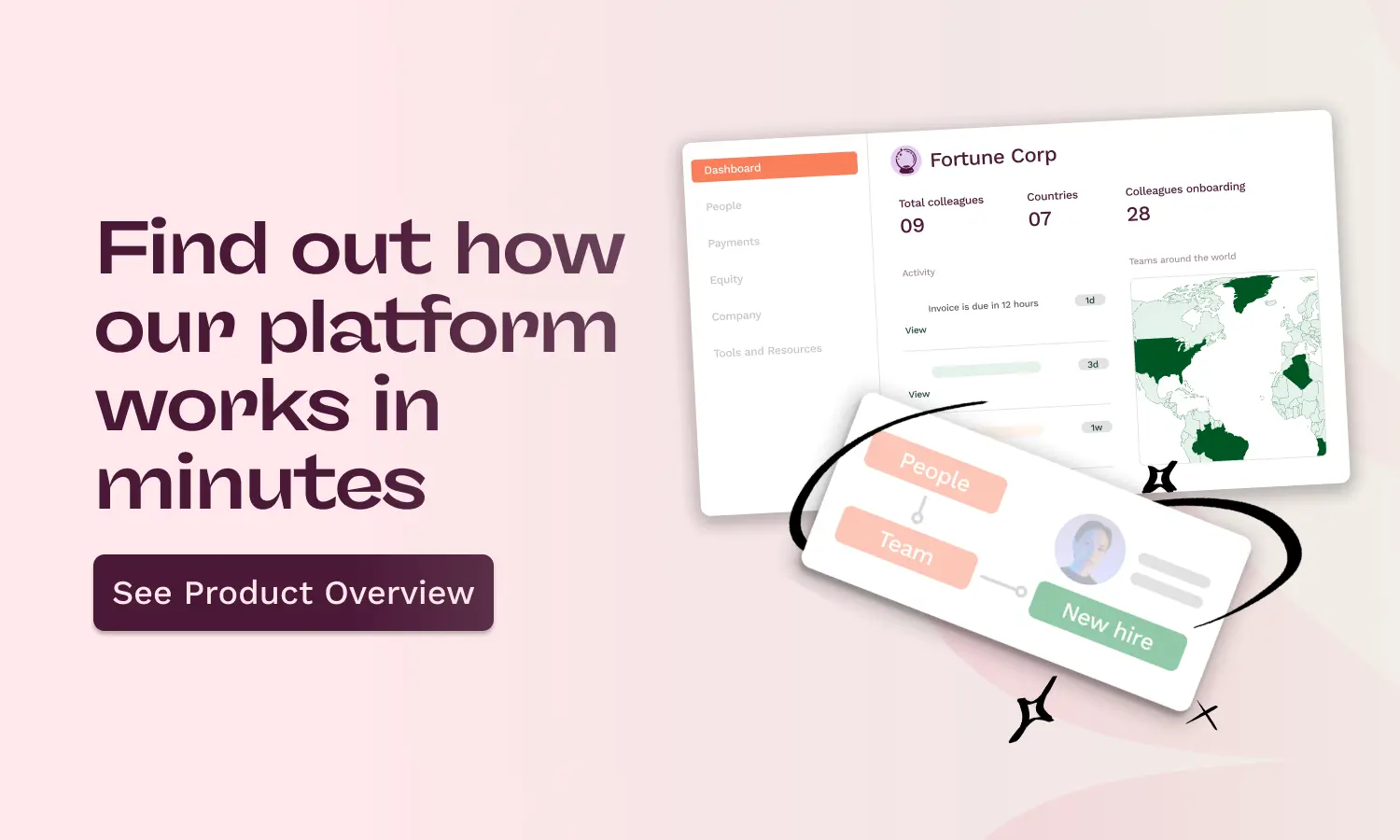Employee compensation and benefits are often one of the biggest expenses for businesses—and for a good reason. After all, your talent keeps your company running smoothly. While many employers know that bringing in new employees contributes to overall labor expenses, they sometimes underestimate the total costs of hiring.
Sourcing talent is only one piece of the puzzle. There’s also onboarding, training, equipment, and other factors to account for. These expenses vary from country to country. In this article, we’ll take a closer look at the average cost to hire employees in Canada.
Costs involved in the hiring process in Canada
When calculating the full cost of the hiring process, there are many pieces to consider. First, there are the direct costs that come with hiring an employee. These may include:
- The employee’s salary or base pay
- The Canada Pension Plan, where employers match employee contributions
- Taxes, which vary by region
- Workers’ compensation costs
- Employment insurance, where employers either match employee contributions or pay more
In addition to the mandatory Canada Pension Plan and employment insurance contributions, employers can also offer extra benefits to round out their compensation packages. Since many employees expect to receive health insurance coverage through their companies, these added benefits are considered must-haves. Here are some components employers may choose to offer in benefits packages:
- Health insurance
- Vision and/or dental care
- Life insurance
- Short- and long-term disability
- Fitness memberships
- Pension contributions
Taken together, these benefits add up to a considerable sum for employers. Smaller businesses might expect to dedicate 15% of their human capital expenses to benefits, whereas larger companies could see up to 30% of their payroll going towards benefits.
Even though companies dedicate thousands of dollars per year to benefits for full-time employees, it’s important to remember the advantages of doing so: happier and healthier employees, better recruitment and retention, and potential tax deductions.
There are also less tangible benefits that may help attract talent without adding to your labor costs, such as remote or hybrid work arrangements. Other employment costs could include the tools and equipment employees need to perform their roles, such as a company vehicle, IT hardware and software, office space, and furnishings.
Since employees will be entitled to time off—such as vacation, sick days, and extended leave—you must also factor in the costs of filling in for absences at those times.
Beyond these direct costs of employment, there are also expenses that come specifically with the hiring process. For example, recruiting fees can be 20–30% of an employee’s salary. These might include the costs of advertising the job and background screenings, as well as the administrative overhead of finding the right candidate. Onboarding and training can also impact the administrative costs of securing new talent. Considering the current labor market, in which many skills continue to be in high demand, the average cost to hire employees in Canada has climbed to $23,860 per candidate for specialized roles like IT workers.
How do hiring costs vary across provinces?
While hiring costs can be staggering, knowing what to expect allows employers to budget accordingly and explore strategies to control costs without compromising recruitment. It’s important to remember that costs for hiring in Canada will vary depending on the province or territory. Naturally, more densely populated regions with more competitive labor markets will likely need a higher budget for hiring costs. That said, sourcing talent in rural communities also has its challenges.
Fortunately, there’s a convenient way to see estimated hiring costs by region, which can help to inform your hiring strategy and overall compensation budget. We’ve put together a convenient employment cost calculator, so if you’re looking for talent in Canada, you can use the links below for an estimated breakdown of the hiring costs by province.
- Alberta
- British Columbia
- Manitoba
- New Brunswick
- Newfoundland and Labrador
- Nova Scotia
- Ontario
- Prince Edward Island
- Quebec
- Saskatchewan
What about the costs of hiring internationally for employers based in Canada?
Employers in Canada looking to hire internationally can also plan for hiring costs—there are just more factors to consider. Fortunately, the right resources and support make this process much easier.
Oyster enables you to hire in countries all over the world. Check out our global employment costs calculator to find out if you could save money by hiring a remote employee in another country.

About Oyster
Oyster is a global employment platform designed to enable visionary HR leaders to find, engage, pay, manage, develop, and take care of a thriving distributed workforce. Oyster lets growing companies give valued international team members the experience they deserve, without the usual headaches and expense.
Oyster enables hiring anywhere in the world—with reliable, compliant payroll, and great local benefits and perks.




.avif)




.avif)
.webp)
.avif)





